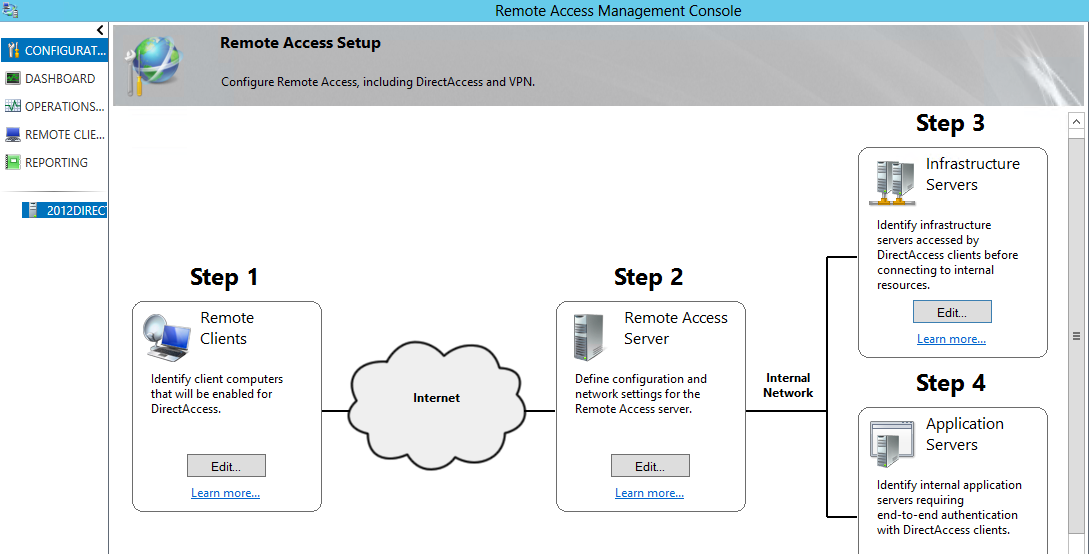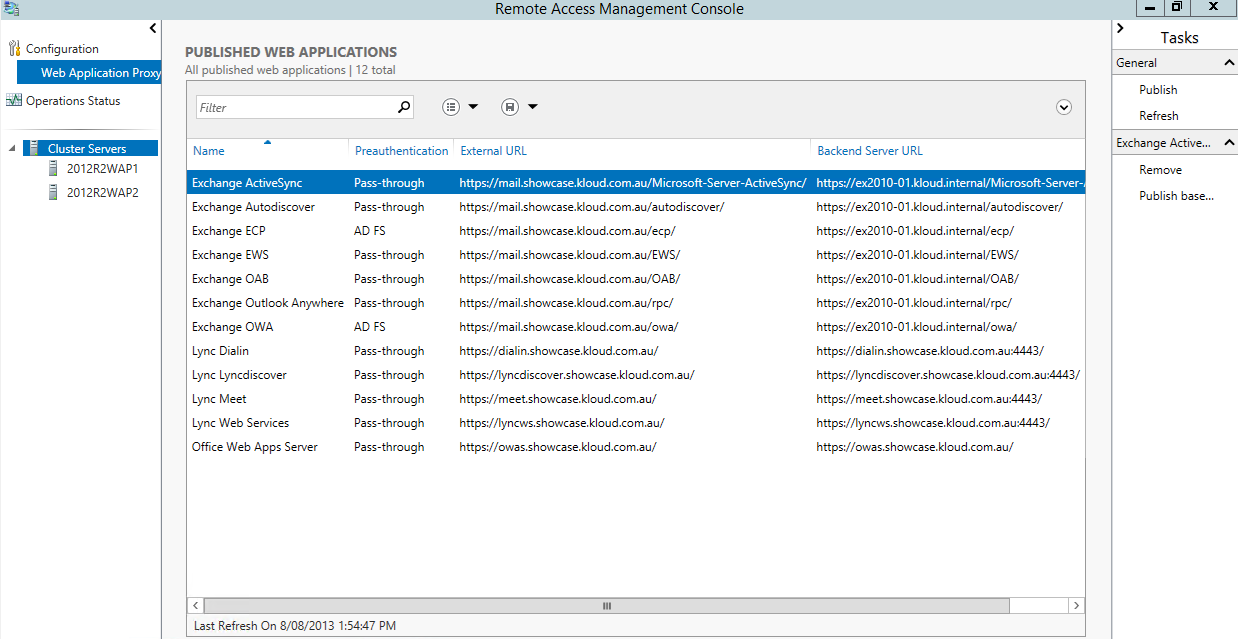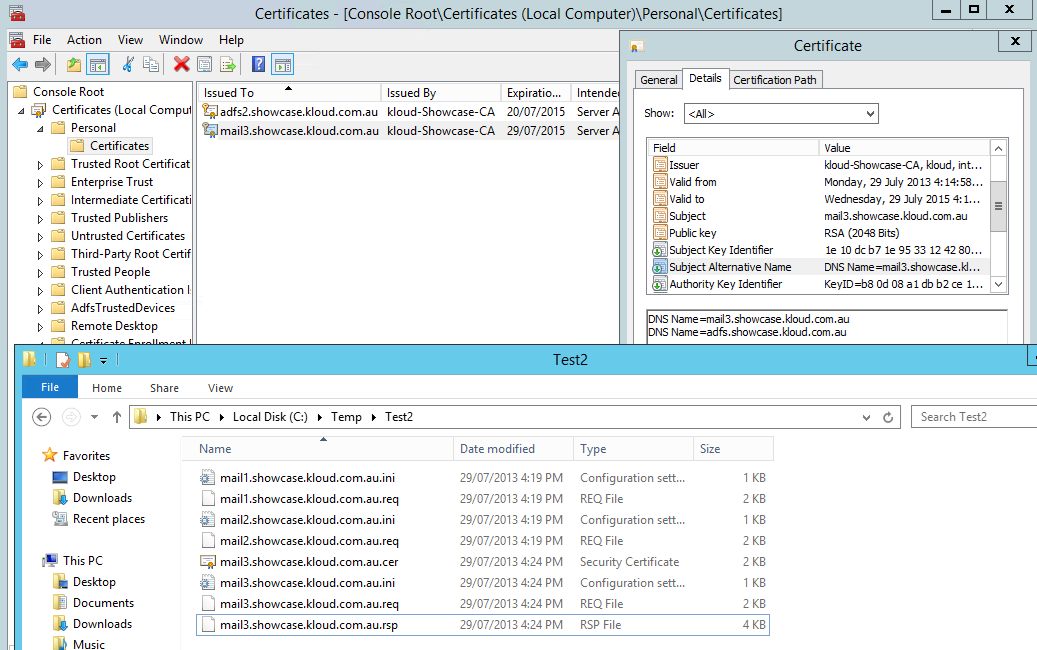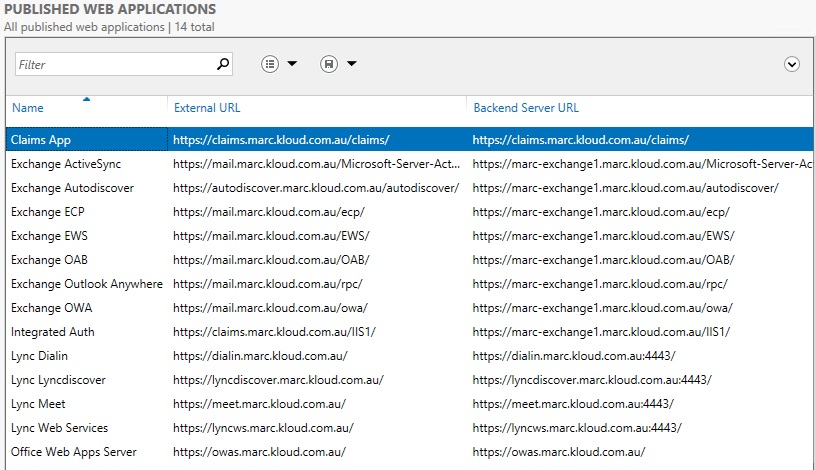Acme Packet SBC for Office 365 UM with CUCM
Office 365 Exchange Online can provide Unified Messaging (UM) functionality such as voicemail for on-premises telephony systems. Configuring integration between Exchange Online UM and Lync is a straightforward process assuming you already have Enterprise Voice and a Lync Edge server in place. There is TechNet documentation for Lync 2013 and Lync 2010 or an older Office 365 Checklist.
Things get a lot more complicated when you want to use a different telephony system, for example Cisco Unified Communications Manager (CUCM).… [Keep reading] “Acme Packet SBC for Office 365 UM with CUCM”




